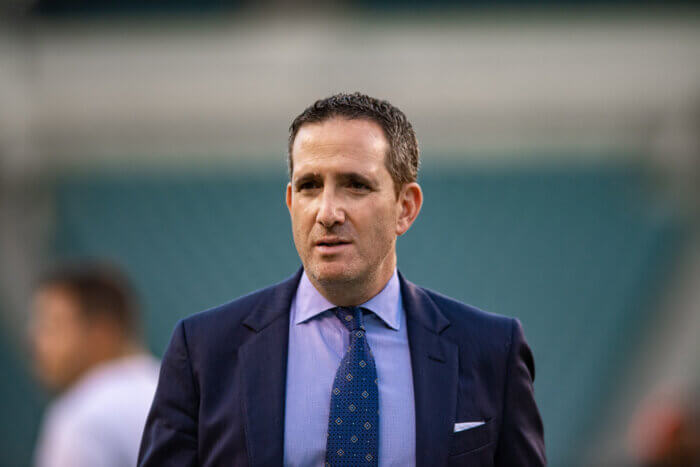After years of crafting, the master plan for a six-mile stretch of the Delaware River waterfront was adopted by a unanimous vote yesterday from the city’s Planning Commission.
The plan calls for creating a network of parks and trails to encourage pedestrian access and leverage private investment between Allegheny and Oregon avenues over the next 25 years. It also identifies land uses that would make the corridor a prime attraction for residents and tourists.
When considering future development, the Planning Commission will be required to see how the proposed development fits in with the master plan, although it is not bound by the plan, which was commissioned by the Delaware River Waterfront Corp.
Some developers objected to the plan, insisting it relies on city funding that has yet to be allocated or would infringe on privately owned land or looks too far out, but commissioners said the plan appropriately lays out a vision — something the waterfront has long been missing.
“I think that one of the strengths of this plan is the fact that it is incremental, it does allow multiple steps, time along the way to make it more perfect as it is implemented, so I think it’s a terrific plan — not perfect — really terrific,” said commissioner Nancy Rogo Trainer.
The plan is divided into near-term, midterm and long-term proposals. Some of the public improvements have already been completed, including the Race Street Pier, Washington Avenue Green and a trail between Pier 70 and Washington Avenue.
The total price tag for the public improvements included in the plan is $750 million. DRWC executive director Tom Corcoran said the organization is not simply relying on city funding, citing a state grant and charitable donation DRWC recently received to purchase several parcels.
“It’s going to be a combination of federal, state, local programmatic dollars, as well as these types of innovative financing techniques,” Corcoran said.
Privately held problems
Some challenges that remain for the master plan:
Land acquisition: Nearly 90 percent of the land along the central Delaware is privately-owned, so DRWC must negotiate purchases and right-of-way leases for some of the parks and trails it has planned.
Capital markets: Due to the uncertainty of financing for developers, it is hard to say whether some of the land uses envisioned will ultimately develop.
Public funding: The $750 million needed for all of the public improvements is no small thing, but DRWC points out, that is spread out over decades, making it more achievable.





























